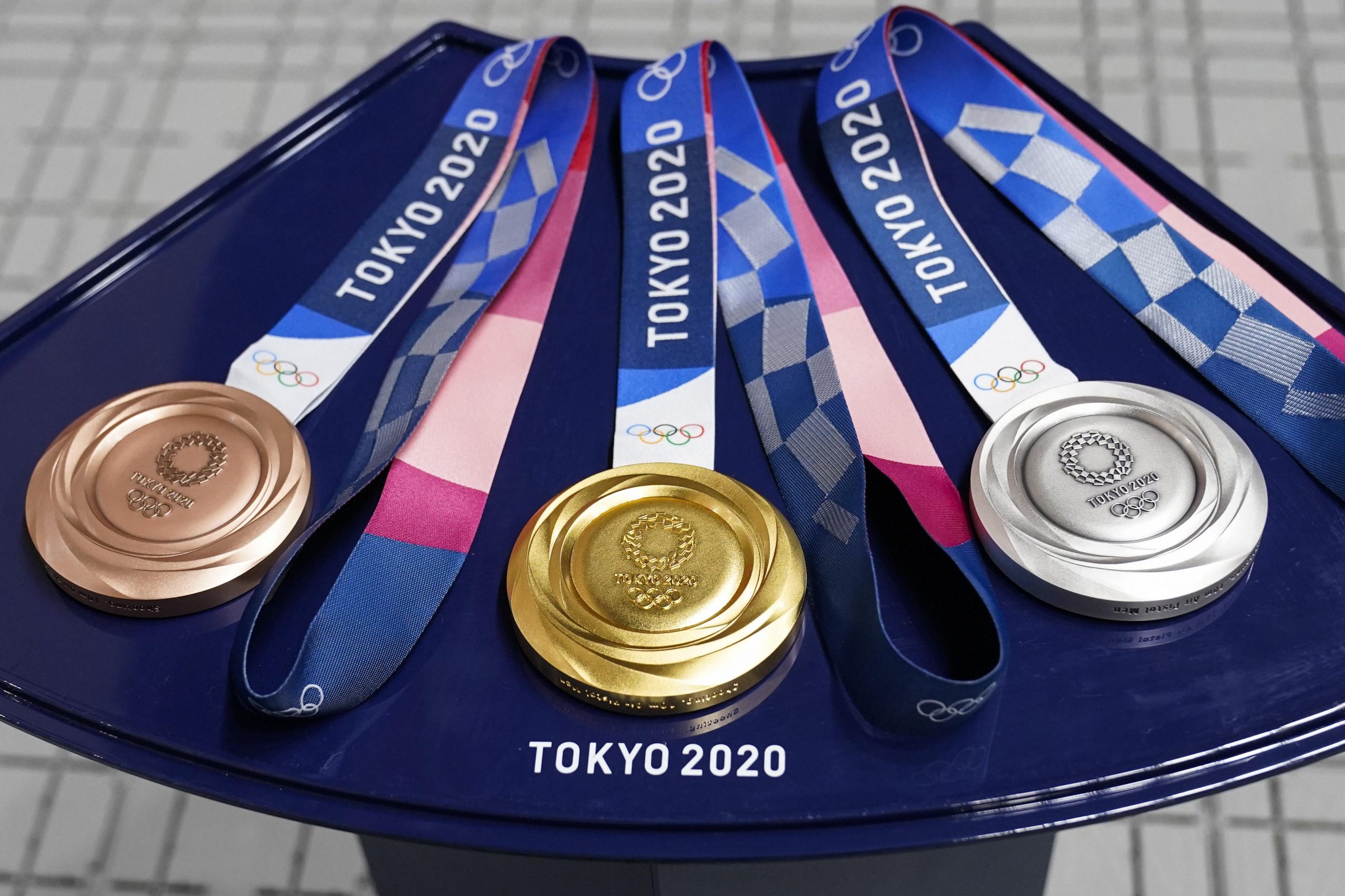An Olympic gold
medal is without doubt the most coveted little disk in world sport. Olympic
gold-medallists are considered to have reached the pinnacle of their sporting
prowess. Olympic golds are also objects of pride for nations and symbols of
their sporting caliber.
Therefore, there
is no doubt that Olympic gold medals hold immense value for athletes and sports
enthusiasts all across the world.
But are Olympic
gold medals made of real pure gold?
Not really. Only
the shiny golden exterior of an Olympic gold medal is made of pure gold. Every
gold medal must contain at least six grams of gold. But the rest is mostly made
of silver, nearly 92.5%.
Further, in the
Tokyo Olympics 2020, the medals are partly made of recycled electronic devices
as part of sustainability efforts during the world’s grandest sporting event. The
Tokyo organising committee were also the first to consult the public in the
design of the medals, via the Tokyo 2020 Medal Project.
This is the first
time that medals have been manufactured with recycled metals.
According to the
International Olympic Committee, every Olympiad has some leeway in terms of
design. However, some things must remain the same like the five rings symbol,
the Greek goddess of victory Nike in front of the Panathinaikos Stadium in
Athens and the official name of the respective Games.
Also Read | Tokyo Olympics: Sunisa Lee’s gymnastics gold and the pride of the Hmong
Gold medals at
Tokyo are 85mm in diameter, they contain over six grams of gold plating on pure
silver and are valued at £700 due to the inflated prices of precious metals
used like gold and silver.
Also Read | Who holds the record for most Olympic medals?
Silver medals are
made of pure silver while bronze medals are made of red brass which contains
95% copper and 5% zinc.
The Olympic gold
medals at the Tokyo Olympics weigh roughly 556 grams, with silver weighing 550
grams and bronze 450 grams.







